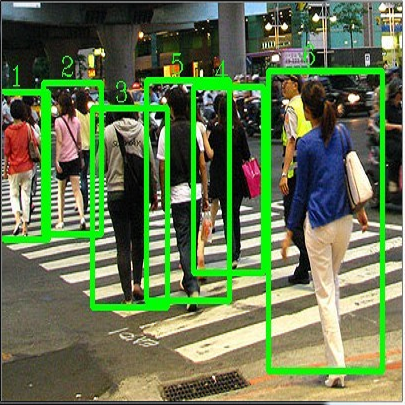Label assignment (LA), which aims to assign each training sample a positive (pos) and a negative (neg) loss weight, plays an important role in object detection. Existing LA methods mostly focus on the design of pos weighting function, while the neg weight is directly derived from the pos weight. Such a mechanism limits the learning capacity of detectors. In this paper, we explore a new weighting paradigm, termed dual weighting (DW), to specify pos and neg weights separately. We first identify the key influential factors of pos/neg weights by analyzing the evaluation metrics in object detection, and then design the pos and neg weighting functions based on them. Specifically, the pos weight of a sample is determined by the consistency degree between its classification and localization scores, while the neg weight is decomposed into two terms: the probability that it is a neg sample and its importance conditioned on being a neg sample. Such a weighting strategy offers greater flexibility to distinguish between important and less important samples, resulting in a more effective object detector. Equipped with the proposed DW method, a single FCOS-ResNet-50 detector can reach 41.5% mAP on COCO under 1x schedule, outperforming other existing LA methods. It consistently improves the baselines on COCO by a large margin under various backbones without bells and whistles. Code is available at https://github.com/strongwolf/DW.
翻译:Label派任(LA)旨在为每个培训样本指定一个正(pos)和负(neg)流失重量,该派任旨在为每个培训样本分配一个正(pos)和负(neg)流失重量,在物体探测中发挥重要作用。现有的LA方法主要侧重于设计浮标加权功能的设计,而净重量直接源于浮标重量。这样的机制限制了探测器的学习能力。在本文中,我们探索一种新的加权模式,称为双权重(DW),分别指定浮标和负重量。我们首先通过分析物体探测的评估指标,确定浮标/neg重量的主要影响因素,然后根据这些方法设计浮标和负加权功能。具体地说,一个样本的浮标的权重取决于其分类和本地化分数之间的一致性程度,而神经重量则分为两个条件:它可能是浮标的样本,其重要性取决于净样品。这种权重战略更灵活地区分重要和次要的样本,从而导致更有效的物体探测器。在提议的DW-ex基准下,在1COS-Res基准下,在现有的单级规则下,可以持续地改进现有CO-CO-res基准。



